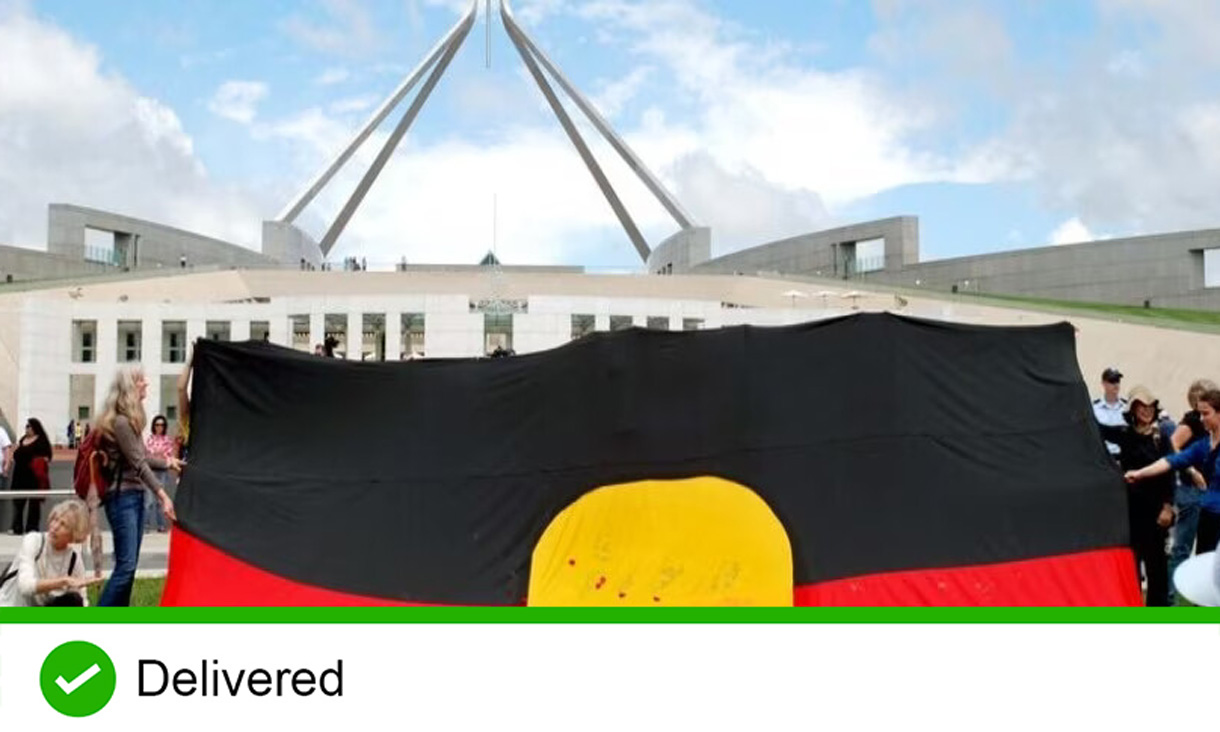Since the inception of the National Broadband Network, the Coalition and Labor have been at odds over the best technology mix to deliver the network.
Labor's original plan was to reach 93 per cent of premises with an optical fibre, or fibre to the premises (FTTP), connection.
But the Coalition won the 2013 election and implemented its preferred solution: a mix of technologies, using some FTTP but also featuring the use of already installed infrastructure such as copper wires (to be linked to fibre at neighbourhood "nodes") and hybrid fibre-coaxial cable previously used for pay television.
The Coalition claimed this would be cheaper, but critics maintained it would result in slower broadband speeds.
Fast forward to 2020, and the Coalition announced it would spend $4.5 billion so that 75 per cent of premises with a fixed line connection would have access to speeds of 1 gigabit per second.
The plan included a pledge to take "fibre deeper into neighbourhoods serviced by Fibre to the Node (FTTN) technology, enabling on demand fibre upgrades and speeds of up to 1 Gbps".
In November 2021, Labor announced its NBN policy for the next election. Then-shadow communications minister Michelle Rowland told the Leon Delaney Drive Show on 2CC:
"Unfortunately, over the last eight years under the Liberals, they have reduced this to a multi-technology mix with millions of households and small businesses on an inferior copper network. What we've announced today is that we'll expand full fibre access to another 1.5 million homes and businesses by investing $2.4 billion."
In March 2022, NBN Co clarified that "[b]y the end of 2023 up to 2 million premises currently served by FTTN are expected to become eligible to upgrade to FTTP …"
Ms Rowland repeated the promise during the election campaign in May 2022, in an address to the CommsDay Summit:
"And our NBN policy, announced in November last year, will support this by expanding full-fibre access to a further 1.5 million premises. This means that by late 2025 nearly seven in every eight homes and businesses in the Fibre to the Node footprint — will have fibre access."
Writing for The Conversation before the election, Mark Gregory, an associate professor in the School of Engineering at RMIT University, noted the scope of Labor's plan:
"Of the 4.1 million premises that can be connected to the NBN with FTTN, the current government and NBN Co plan provides an upgrade from FTTN to FTTP for two million of these premises.
"Labor's plan is to provide FTTP access to 3.5 million of these premises."
Indeed, the NBN Co's corporate plan for 2021, which was released in 2020, shows 4.1 million premises who access the service through FTTN. The NBN's plan that 2 million premises will become eligible to upgrade to FTTP, plus Labor's promise of 1.5 million additional premises sums to 3.5 million, which is nearly seven in every eight of the 4.1 million premises in the FTTN footprint.
Labor repeated the promise in its policy platform: "An Albanese Labor Government will secure more Australian families and businesses quality, high speed internet by expanding full-fibre NBN access to 1.5 million premises."







